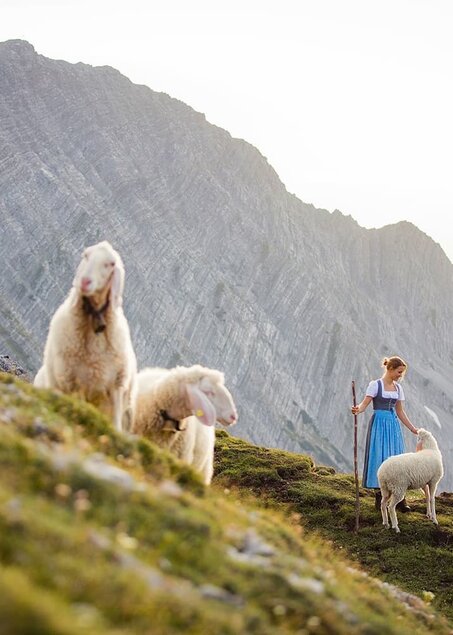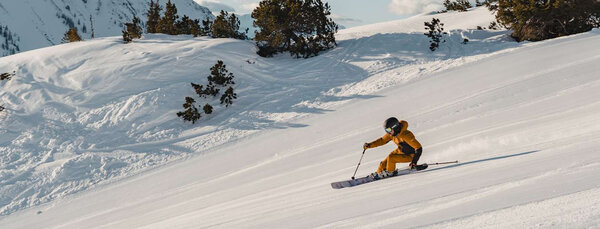Let’s get down to the details. How is a hiking map made?
Thomas: In the past, cartography was skilled manual work that required the cartographer to learn a wide range of different techniques. Today, though, most hiking maps are made on computers. No maps ever need to be drawn by hand – even if we do sometimes reach for the famous ‘red pen’ to make some corrections. Computers, together with our decades of experience, mean that we never need to make a map from scratch. Our cartography system can make use of all our past data, so when it comes to existing maps, we only need to enter changes or adjustments. And here the question is, what do we need to change? Does the map need to be printed at a larger or smaller scale, say, to cover a larger area or be able to show more detail? Or do we need to change some routes?
Where do you find out what needs changing?
Thomas: We have access to satellite data, and we also work closely with a number of partners. These partners may be customers who commission us to create a map, such as tourist associations. Or they may be regional clubs or associations that know their way around locally. We always make sure we stay one step ahead, as when it comes to printed hiking maps, there is a risk of them being outdated by the time they’re published. That’s why, when we’re preparing a map, we always find out where, say, trails are due to be rerouted in the near future. And that helps to keep our maps up to date.








